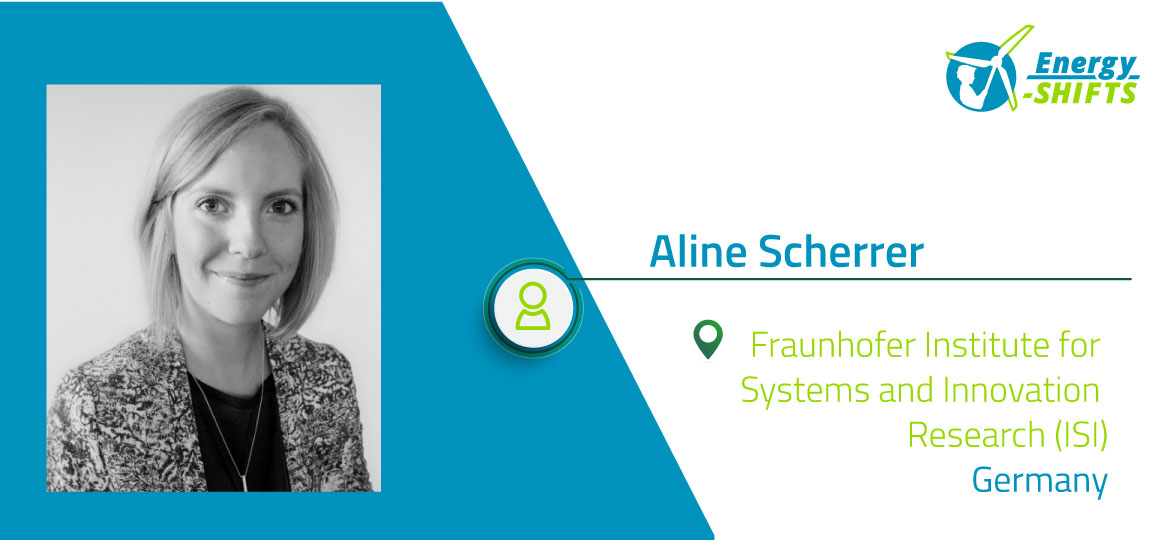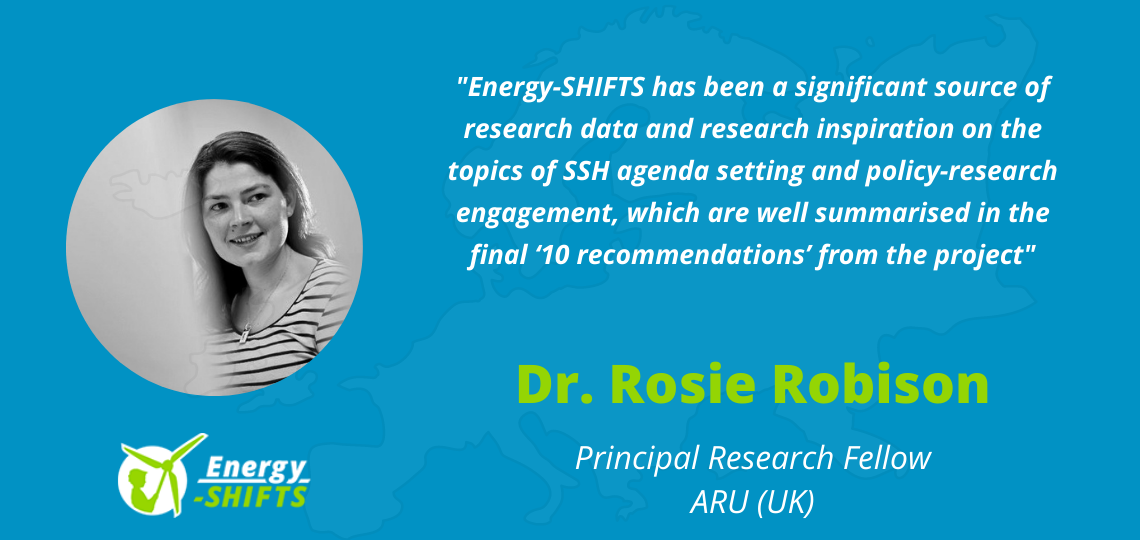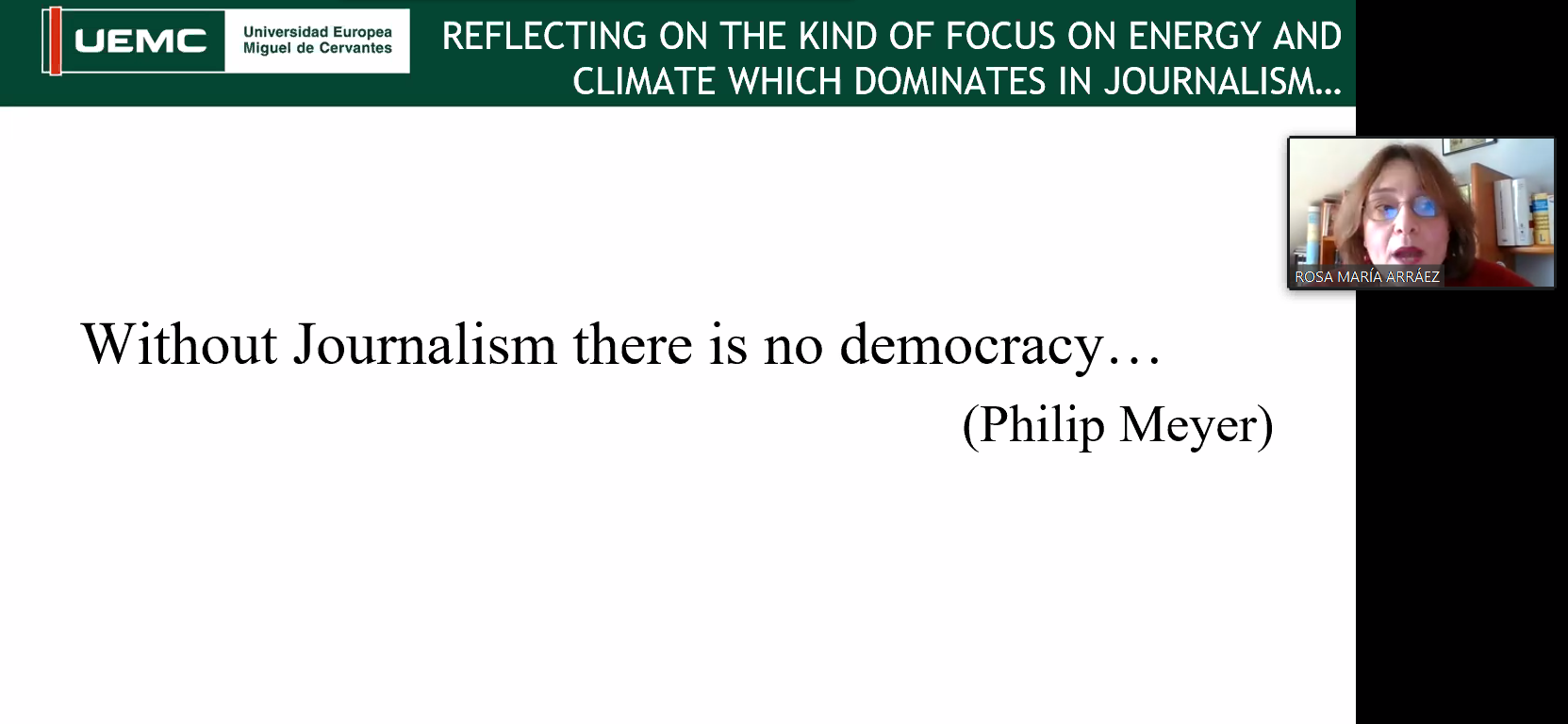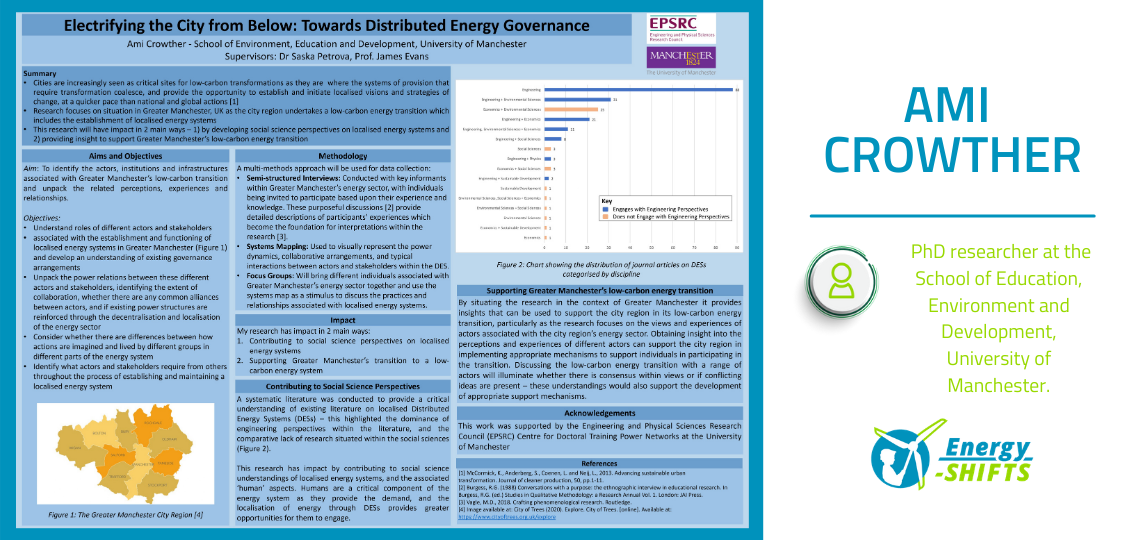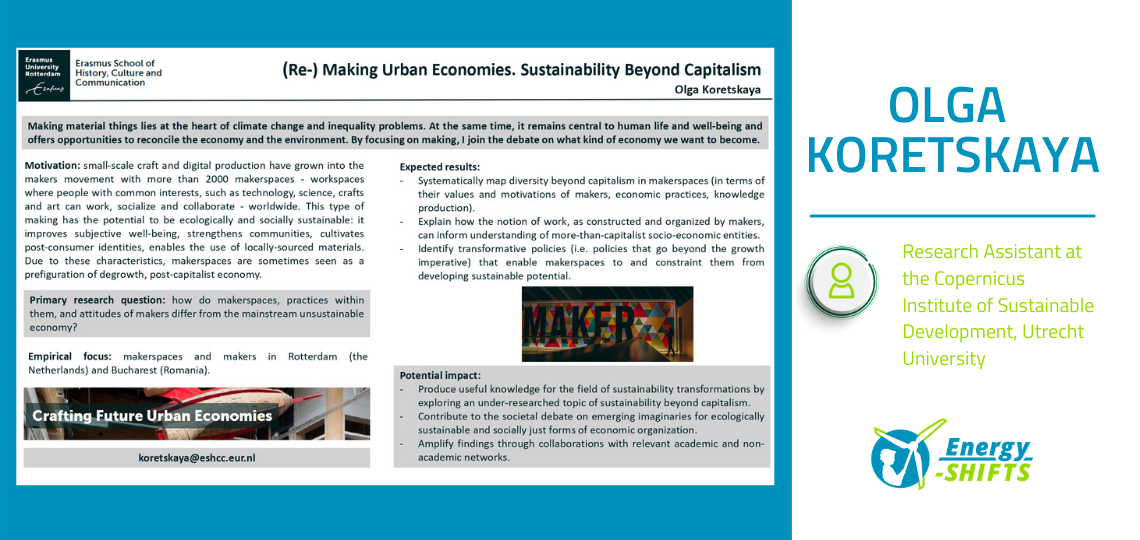In this blogpost, Aline Scherrer reflects how SSH can facilitate mobility transport impact into citizens
Actors involved in designing and improving mobility systems are faced with many choices between alternative options: do we increase or decrease road space? Which role should bicycle infrastructure play in our city? Do we produce battery-electric vehicles or hydrogen vehicles? Which level of government support shall be given to public transport?
While techno-economic assessments can assist with such decisions, policymakers, transport planners, vehicle manufacturers, users and other societal actors have to continuously deal with complexity and uncertainties. This is why, amongst other factors, path dependencies, assumptions, beliefs, and expectations play a central role when these actors make decisions around mobility.
The social sciences and humanities (SSH) offer tools to study such phenomena and the complexity of designing and improving mobility systems. Two inter-related aspects of this complexity shall be highlighted here, based on the research questions which we collected in the Working Group Transport and Mobility of the Energy-SHIFTS project: (1) for whom is the mobility system designed and optimized and (2) towards which goal(s)?
(1) Mobility for whom?
Mobility systems can be designed and improved around different key user groups. Choosing a user group for whom the system is primarily created can have a large influence on later decisions.
On the technological side, which is often central when discussing the energy aspects of transport, changing user perspectives can make a great difference for choosing between alternative powertrains. If we consider car drivers to be central, ease of use and compatibility with the current system e.g. through available infrastructure might be considered crucial. This could, for example, lead to a favouring of synthetic fuels, which allow a continuation of the existing fuelling paradigm. If, on the other hand, pedestrians and city dwellers are considered key users of the mobility system, the reduction of noise and local emissions would be more important. This would favour quiet and locally emission-free technologies such as battery-electric vehicles over combustion engines, even if these engines ran on renewable fuels with a zero-sum total of emissions from well-to-wheel.
My PhD thesis at Fraunhofer ISI and the University of Sussex takes up such questions around the socio-political dimension of interactions between different technologies from a transitions and innovations perspective. As a case, it focuses on competing alternative powertrains. Individuals and organizations can come to very different conclusions on what to favour. My work identifies the sources for these different perspectives and the impacts this has on the chances for a diffusion of the technologies.
Beyond technology alternatives, choosing different users as a focus has a similarly strong effect on decision-making. Let us simply imagine the difference it makes whether a street is designed for the free mobility of children or optimized towards vehicle drivers; or whether vehicle owners or shared mobility users are envisioned when setting apart space for parking. SSH research urges us to make these choices towards different users transparent, and to study the impacts such a focus has on the whole system.
(2) Mobility towards which overarching goal(s)?
Secondly, different overarching goals impact the way the mobility system is designed and improved upon. A myriad of possible goals exist that transport and mobility can or should fulfil: access to services and activities, health, safety, sustainability (such as the SDGs), recreation, and affordability to just name a few. Choosing one or several of these goals influences the day-to-day decisions that actors in the system make.
On the technological side, affordability as an overarching goal would currently rule out alternative drives unless heavily subsidized by policymakers. A focus on health would favour those alternative drives with the lowest local emissions. Placing sustainability in the centre would require a complex evaluation of supply chains and usage based on environmental, social, and financial criteria and might yet again lead to favouring different alternatives.
Beyond technologies, the impact of different goals becomes even clearer. If health is considered to be the main goal, active modes of travel (AM) might be central in design and consequential usage. If, on the other hand, use of space combined with fast access are considered as overarching goals in an urban mobility system, an underground train system might be favoured.
An opportunity for SSH research
Of course, these illustrations fall short in portraying the complexity of the mobility system. It is not a simple and quick matter to change perspectives on central actors and goals as these are embedded in local mobility cultures and other institutional and contextual settings and subject to path dependencies. The mobility system is also strongly intertwined with other sectors and multiple societal functions, each following their own perspectives and goal. And even if the overarching goal of mobility is clear, great uncertainties remain as to which measures will allow us to fulfil this specific goal or even a combination of goals.
However, the examples above serve as an illustration of how factors central to SSH research can influence the choices we make in transport and mobility every day and thereby how these systems are designed and used. The research questions that we collected from experienced researchers in the field reflect these dimensions in all their diversity and are promising in addressing pay-offs and making them transparent. This is the great role that SSH research on energy and mobility can fill and an amazing research prospect for the future, which I am looking forward to contribute to both within this project and during my PhD.

